Faced with the above situation, the Ministry of Agriculture and Rural Development recently held a conference to find solutions for poultry farming. Mr. Tong Xuan Chinh, Deputy Director of the Department of Animal Husbandry (Ministry of Agriculture and Rural Development) had a conversation with reporters from press agencies about this conference.
Reporter (PV): Sir, please tell us why the Ministry of Agriculture and Rural Development holding a poultry conference at this time?
Mr. Tong Xuan Chinh : This is a very difficult time for the livestock industry, especially poultry farming. In the past 2 years, both input and output of the livestock industry have encountered difficulties; in particular, the price of agricultural materials has increased, especially the price of animal feed.
Meanwhile, poultry meat and eggs are important products for Vietnam's food security system. Therefore, the Ministry of Agriculture and Rural Development organized a conference on poultry to discuss among relevant parties to find solutions to overcome the difficulties of the livestock industry, including poultry farming today.
PV: The livestock industry, including poultry farming, has been facing many difficulties and disadvantages in recent years. So, in your opinion, what fundamental solutions do we need?
Mr. Tong Xuan Chinh: One of the orientations of the livestock industry and it is also the concern of not only the livestock industry but also the agricultural industry is the issue of product consumption. Currently, the livestock industry has an important orientation when we have removed the planning law on specific products and only have national, regional and provincial planning on socio -economics. Therefore, the Department of Livestock has advised to include livestock units to assess livestock density. This is an important scientific and technological factor for us to form and shape planning in livestock, but not by conventional planning but through economic and technical indicators to form concentrated livestock areas.
In the coming time, we must better and more effectively control supply and demand in livestock farming. One of the effective solutions is to accelerate the implementation of digital transformation in livestock farming. Through digital transformation, we can manage and monitor the entire production chain and the ability to supply products, thereby being able to forecast market supply and demand well.
PV: Sir, there has been a long-standing paradox that although the price of livestock products sometimes drops, and farmers suffer losses, the poultry products reaching consumers do not decrease correspondingly, and consumers still have to buy at high prices?
Mr. Tong Xuan Chinh: This is really a problem that we will have to strive to solve in the coming time. It is true that benefits and profits in livestock farming are unevenly distributed among the stages: Breeders, slaughterers, processors, and consumers. Large profits are often in the distribution, circulation, and slaughter stages; while livestock farmers often enjoy low profits.
To solve this problem, the role of the state is really needed, involving ministries and branches, not only the Ministry of Agriculture and Rural Development but also Industry and Trade, Health... to ensure a more appropriate distribution of the value chain to help livestock farmers reduce difficulties, have the motivation to maintain production and supply food for us.
Experience in some countries, consumers can buy any product at market price, but services are only added 10% of the product value.
PV: In the context of difficulties in our country's economy since the end of 2022, the situation of workers lacking jobs and losing their jobs in industrial parks, especially in industrial parks in the southern provinces and cities, has made the consumption of livestock products difficult due to the increase in input material prices, sir?
Mr. Tong Xuan Chinh: I agree with this view with the findings of the press. Yes, our production capacity is really large at this time. Farmers are responding to science and technology in breeds, animal feed, and animal husbandry processes very quickly. After the African swine fever epidemic occurred, we partially switched from pig farming to poultry farming. This ensures two factors: better handling of poultry diseases when we are dealing with African swine fever; handling environmental issues for poultry farming is much simpler than for pig farming (calculated on a unit of product).
Another factor is that the poultry farming cycle is very fast, for colored feather chickens 5-5.5 farming cycles/year; the poultry farming production capacity is very large: In 2022, we imported up to 3.4 million parent poultry (exceeding every year by only about 2 million).
From 2022 to present, due to many factors, consumer demand for commercial poultry products has decreased, causing difficulties for farmers.
PV: What do you expect from this conference organized by the Ministry of Agriculture and Rural Development?
Mr. Tong Xuan Chinh: We also set a goal that from now on, the coordination between state management agencies and the private sector, especially with associations, representing the legitimate and legal rights and interests of partners participating in the production chain in the livestock industry will be more effective.
We also expect to increase coordination, cooperation, and intra-bloc production linkages between breeders, animal feed producers, breeders, veterinarians, slaughterhouses, processors, distributors, and distributors... We cooperate with each other under the direction of the association, thereby reducing input costs by at least 10% or more, and solving output factors.
In particular, livestock farmers must organize production links into livestock cooperatives with businesses to create supply chains and value chains in livestock production.
PV: Thank you very much!
NGUYEN KIEM (performed)
Source




![[Photo] General Secretary To Lam attends the 80th anniversary of Vietnam's diplomacy](https://vstatic.vietnam.vn/vietnam/resource/IMAGE/2025/8/25/3dc715efdbf74937b6fe8072bac5cb30)
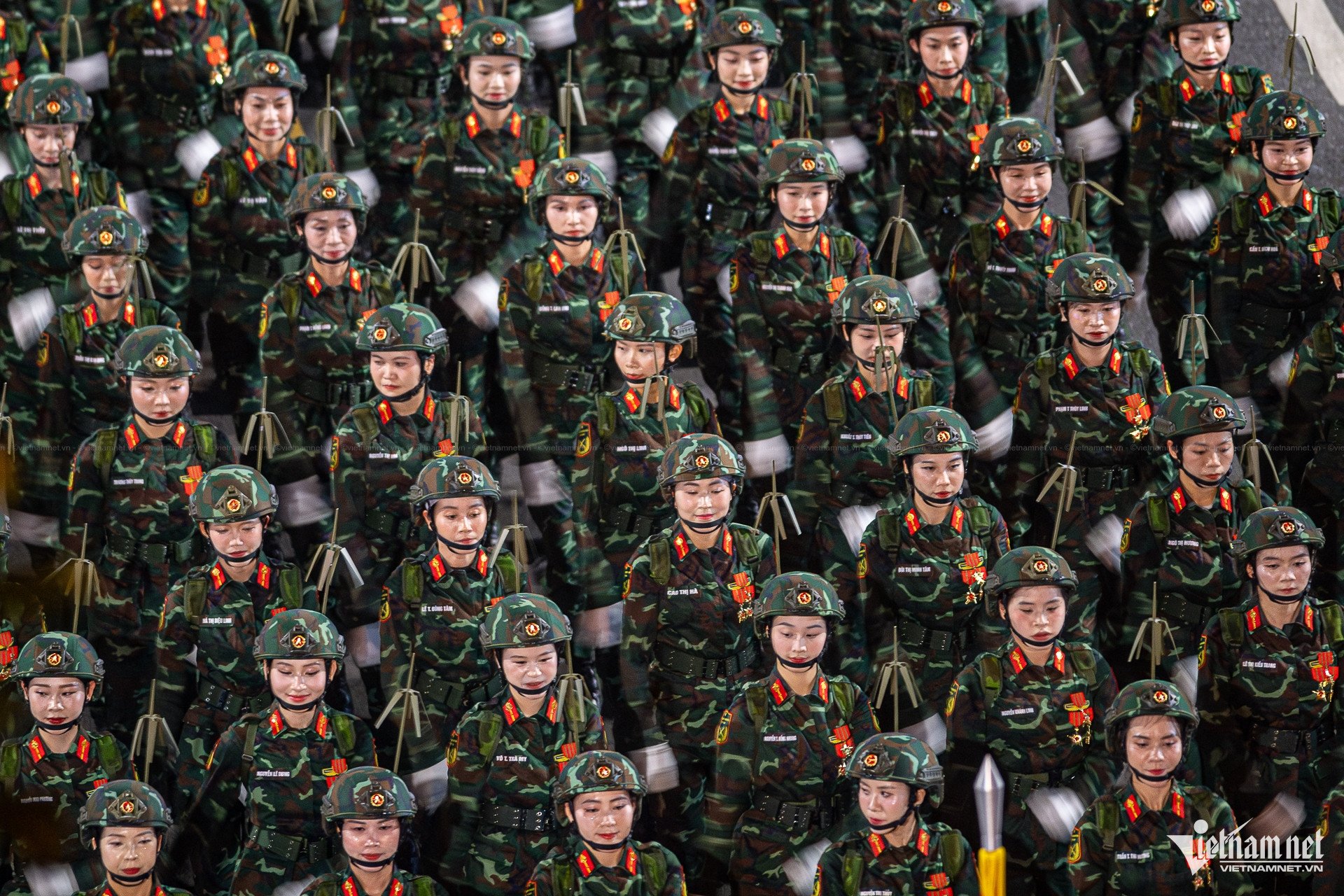













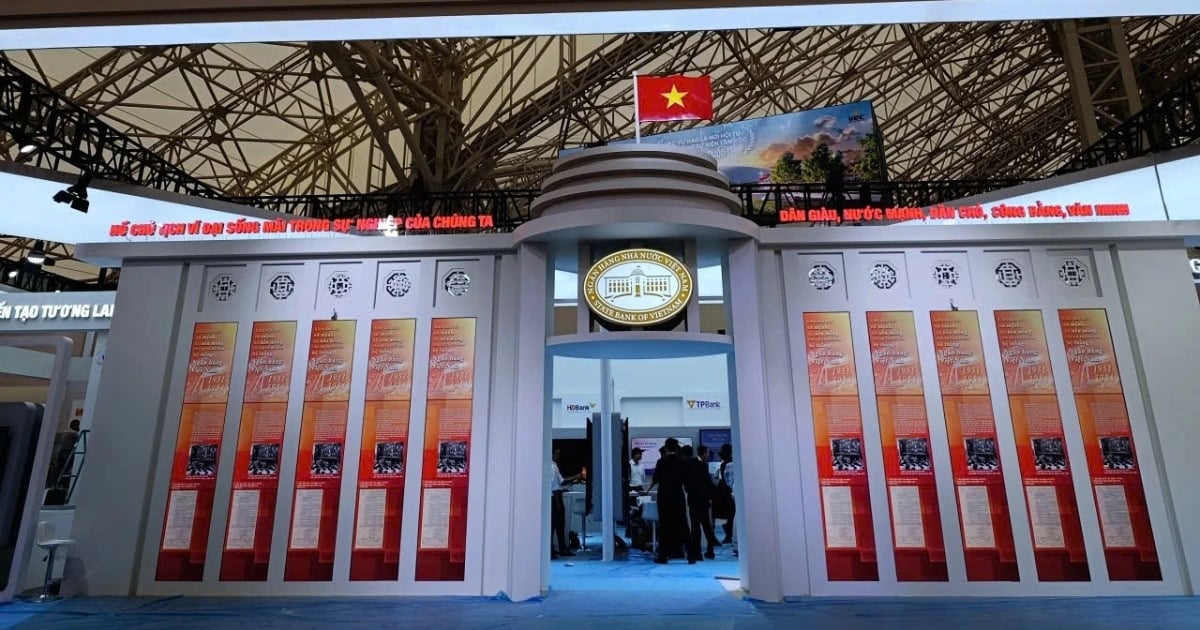
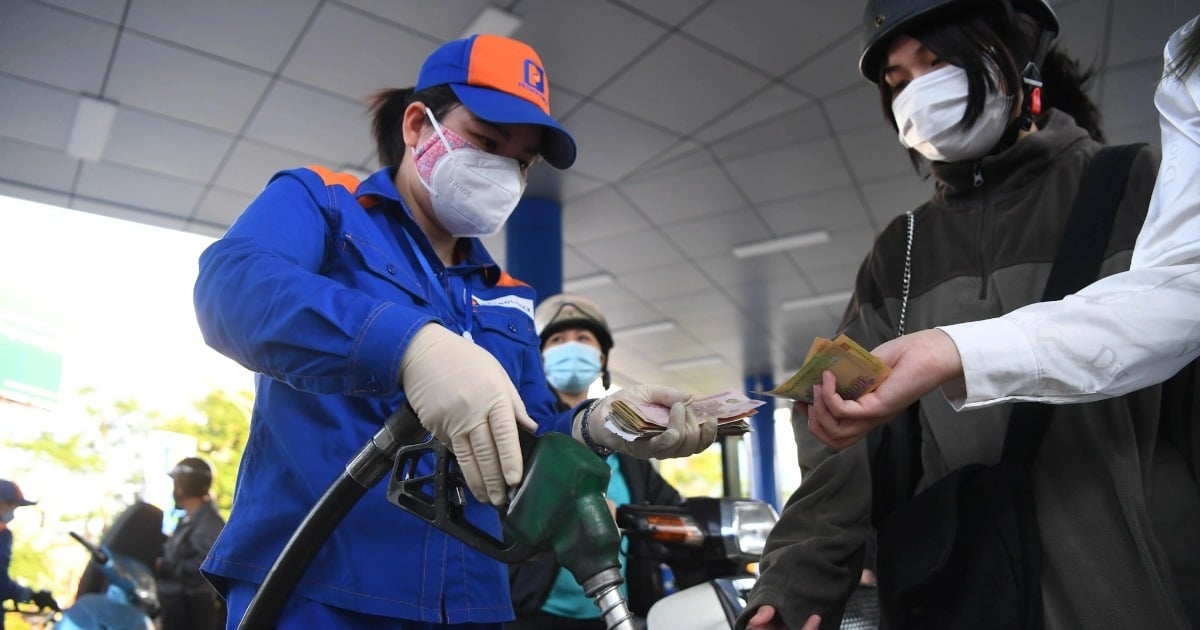































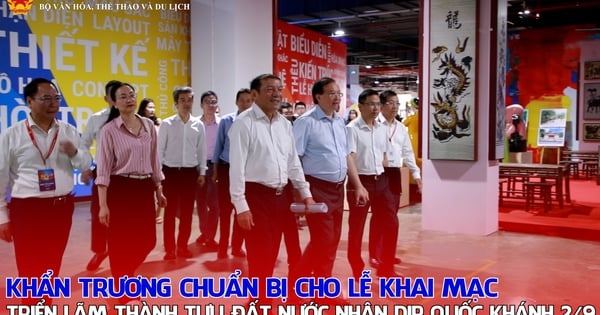


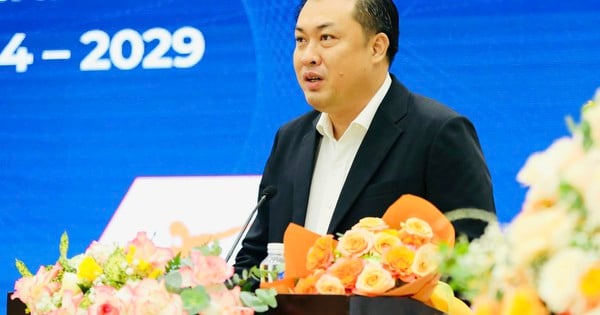

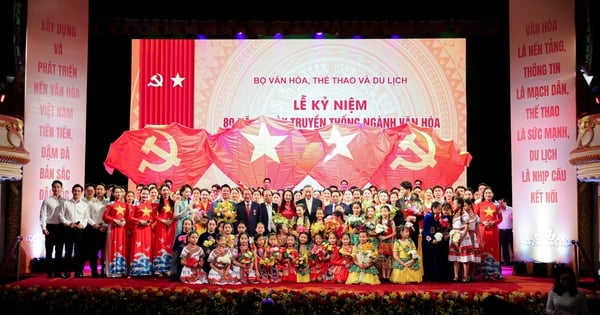

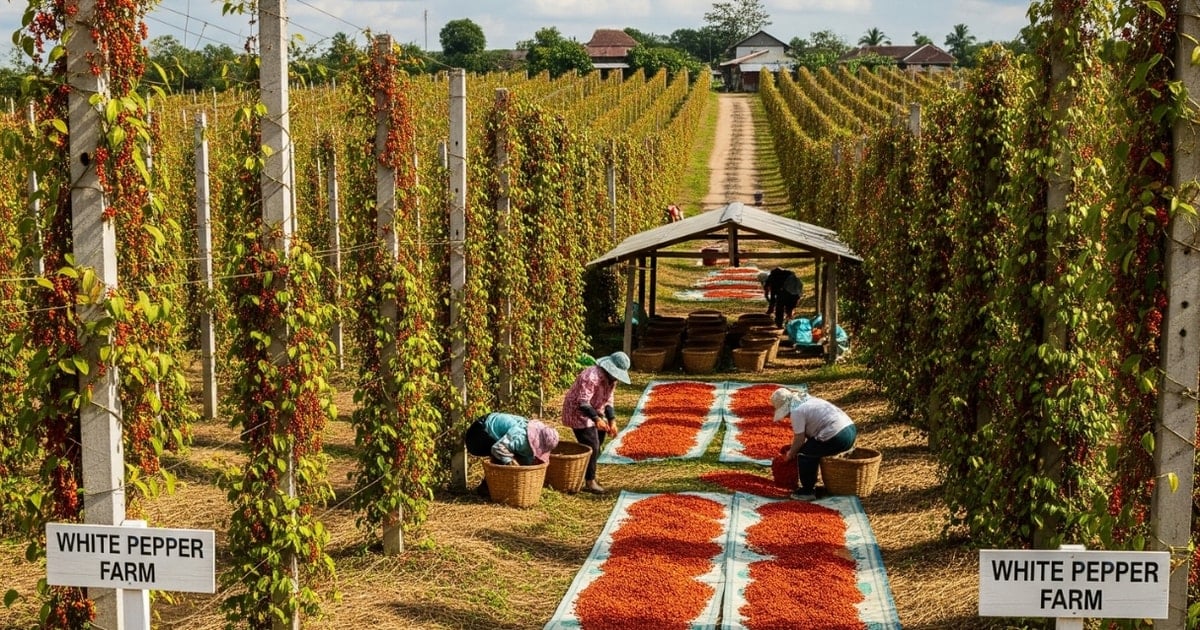

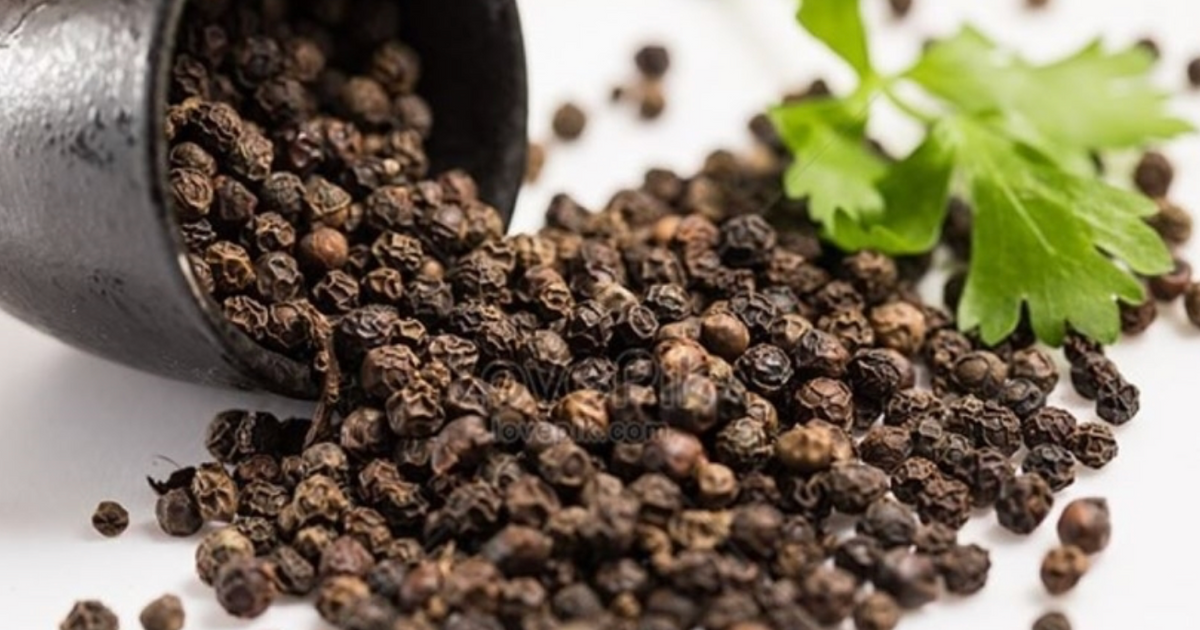
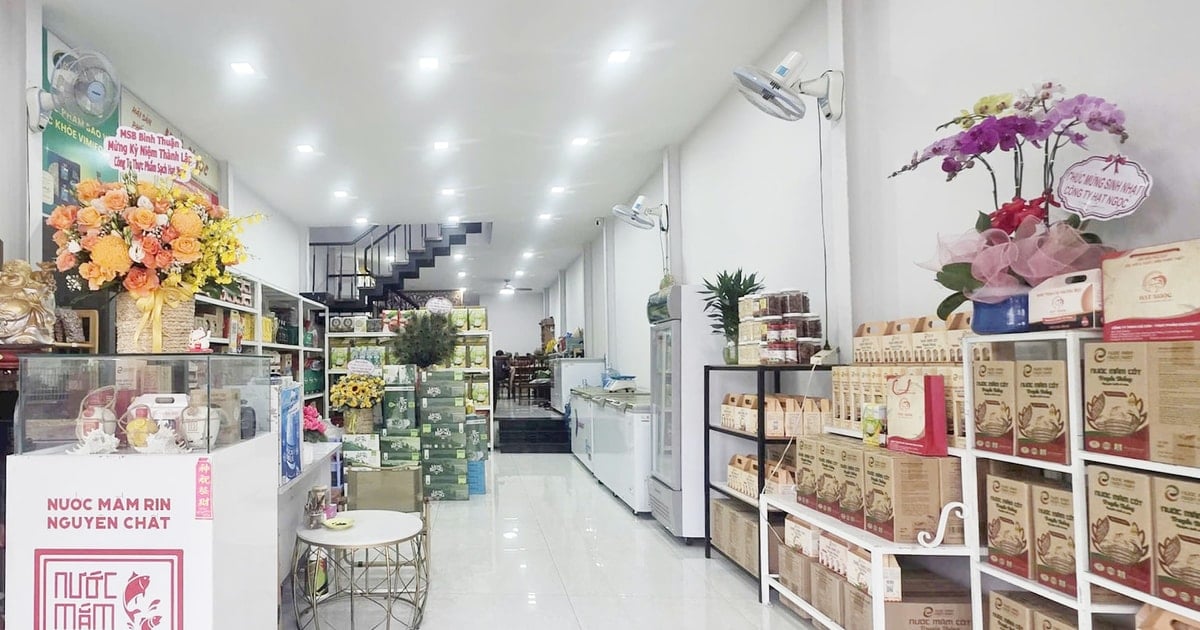

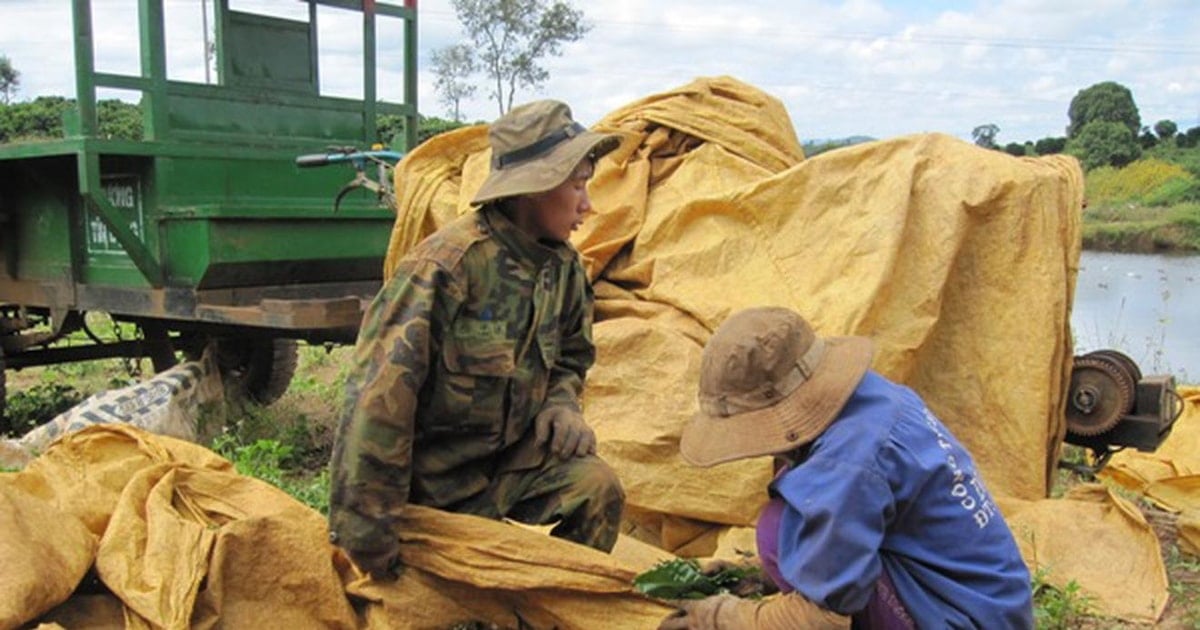





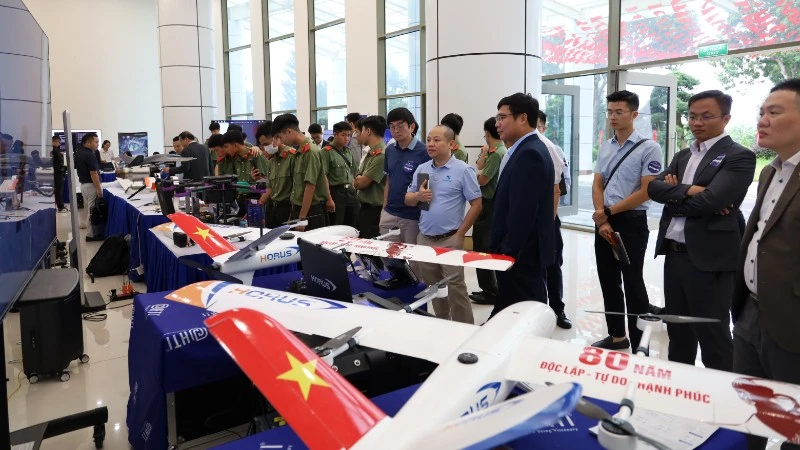
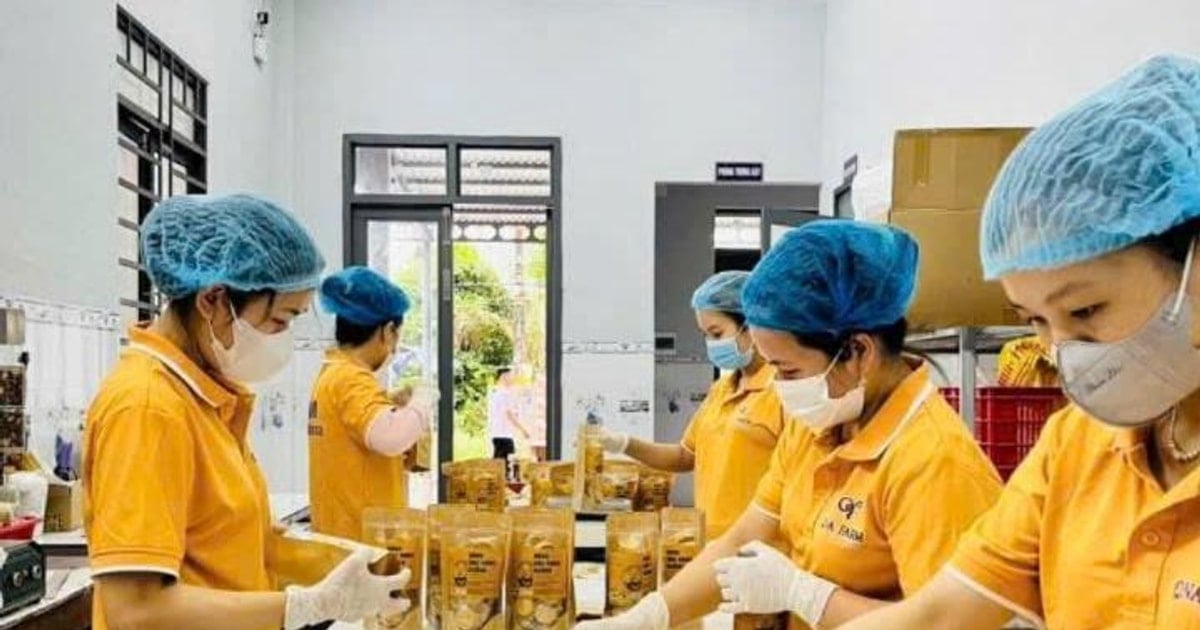
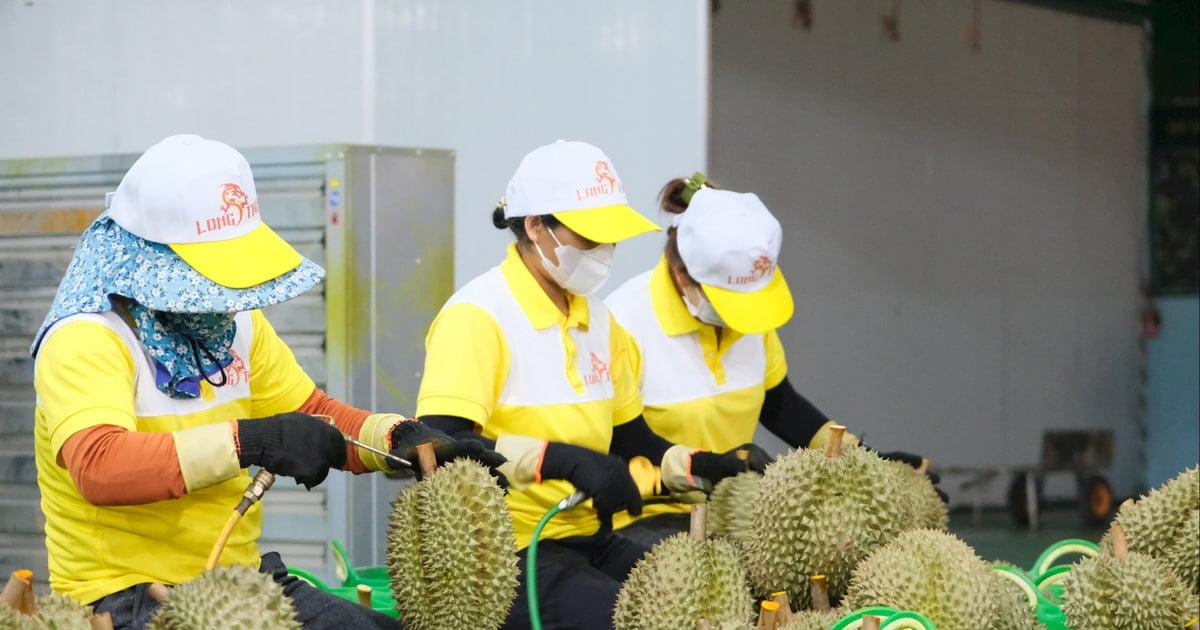





Comment (0)